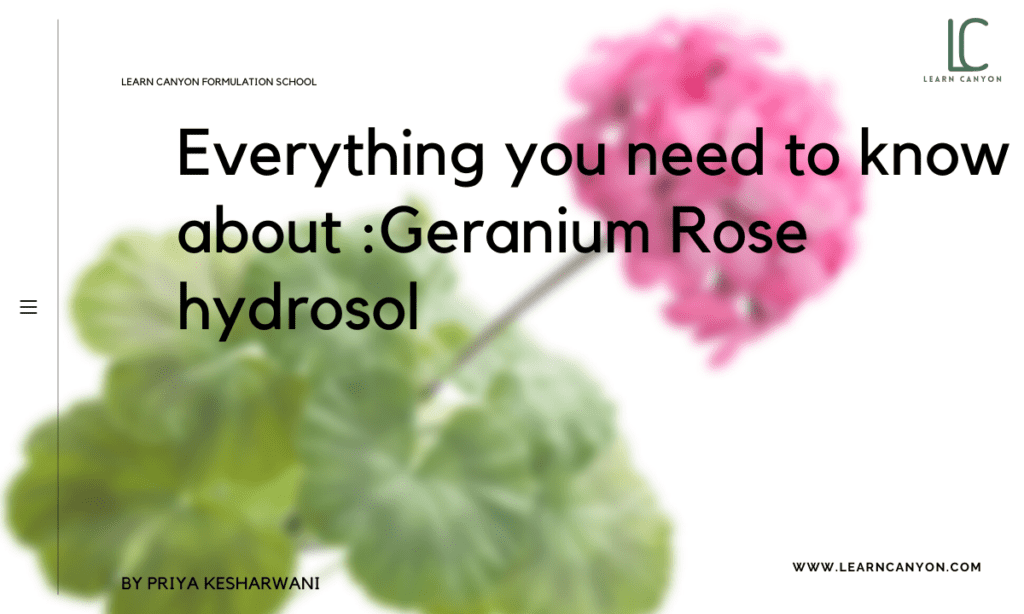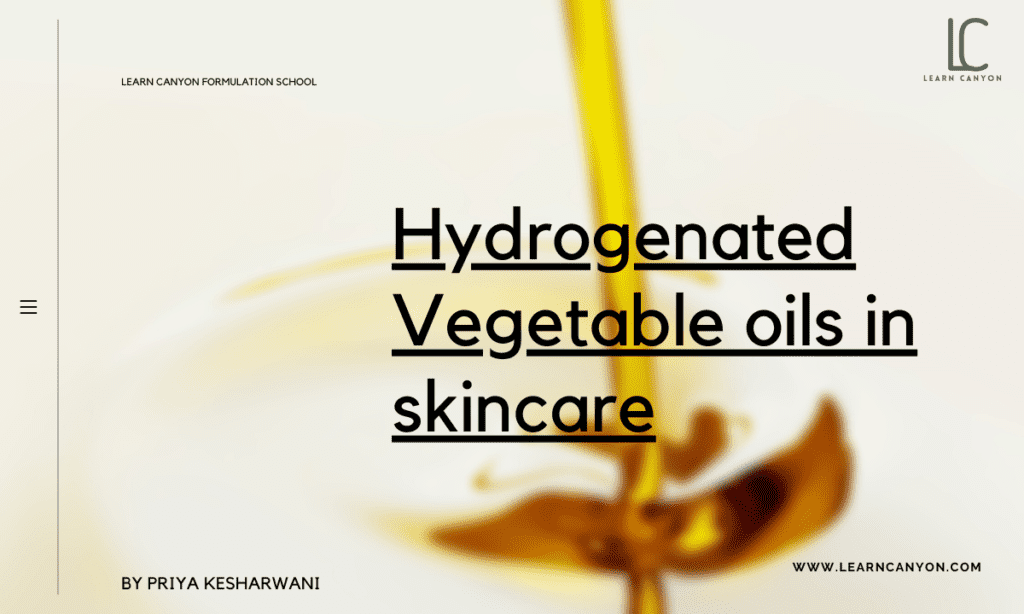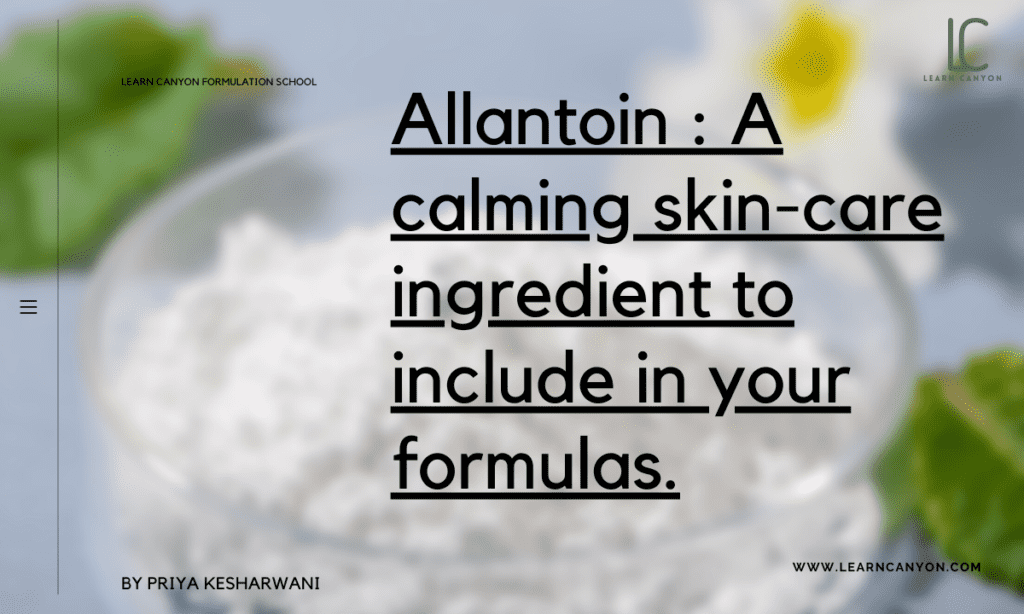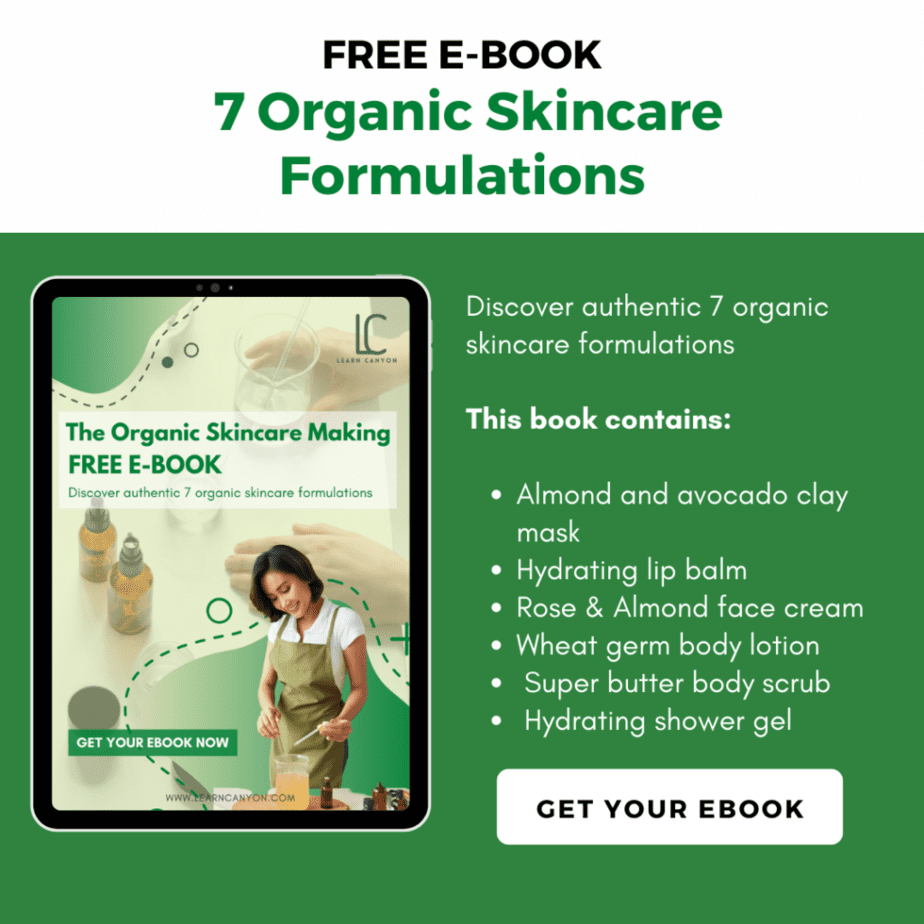
Frankincense (Boswellia carteri) resin/essential oil

Frankincense Oil, known as the "King of Essential Oils," has a wide range of uses in cosmetics.
It was one of the first “it” gifts given at Christmas. We’re not talking about an iPhone, Cabbage Patch Kids, or even Jordans here; we’re talking about frankincense, a gift mentioned in the Bible.
The aromatic and therapeutic ingredient that likely denoted luxury back then (the word “frankincense” comes from the Anglo-French “franc” — as in expensive — and “encens” or incense) is still a pricey item with a rising following.
A kilo of frankincense (boswellia) essential oil sells for hundreds of dollars, according to market data, and revenue is likely to treble in the next decade.
What is Frankincense resin/essential oil?
The resin (or sap) of the Boswellia tree, which grows in Northeast Africa and India, is used to make Frankincense essential oil. The sap from the tree is first removed and then dried until it hardens.
Steam distillation is then used to extract the oil. Frankincense has a complex perfume that is described as woody with spice and fruit undertones. Sweet, spicy, and warm are some of the adjectives used to characterise the oil.
| What is it? | Frankincense essential oil is made from the dried and distilled resin of the Frankincense tree, which is native to Africa and the Middle East in particular places. |
|---|---|
| INCI | Boswellia carterii, |
| Appearance | Golden raisins |
| Texture | Soft |
| Recommended Usage | 1-10% |
| Solubility | Insoluble |
| Melting point | NA |
| Boiling point | NA |
| pH | NA |
| Aroma | Sweet, woody aroma |
| Why do we include it in formulations? | Farnesol is the component of the essential oil that allows it to minimise the user's indications of ageing by smoothing the appearance of wrinkles and boosting the flexibility of the skin. |
| How to work with it? | It's part of the formulation's cool down phase. |
| Applications | Reduce ageing indications, repair and renew skin cells, reduce the look of age and scarring, and offer anti-microbial activity for skin and surfaces. |
| Absorption rate | Slow |
| Strength | Expensive |
| Weaknesses | Irritation and burning: Before applying oils to the skin, always dilute them with a carrier oil. |
| Substitution | Vetiver, Ylang Ylang, and Clary Sage |
| How to store it? | Stored in a cool, dark and dry place. |
| Shelf life | Frankincense essential oil has a one-to-two-year shelf life. |
| Type of ingredient | Essential oil |
|---|---|
| Main benefits | Fine lines and wrinkles can be reduced by using Frankincense Essential Oil. Cytophylactic and astringent. |
| Who should use it | All skin types are welcome to use it. |
| How often can you use it? | Use two times each day. |
| Works well with | It's compatible with a wide range of essential oils and oil-based products. |
| Doesn't work with | Products containing alcohol |
| How to use | Added during the cooling down phase of the formulation |
Mechanisms of action
Frankincense oil has astringent properties by nature. This indicates that it is beneficial to skin care because it can aid in the healing of skin flaws and conditions such as acne and wounds.
As a medicinal oil, Frankincense has traditionally been used to rejuvenate damaged skin. Stretch marks and scars can be minimised by using this method. It reduces sebum production in people with oily skin, which helps prevent clogged pores and spots.
Benefits of Frankincense resin/essential oil
- Frankincense Essential Oil is a great natural solution for calming the complexion because of its significant anti-inflammatory effects.
- Frankincense Oil heals and soothes inflamed or damaged skin. This restorative element calms and nourishes the skin after sunburn, rosacea, or breakouts.
- Frankincense Oil is a great substance to utilise in anti-aging rituals because of its cell-renewing properties.
- Limonene, Pinene, Borneol, Farnesol, Phellandrene, Myrcene, and other chemical elements make up the essential oil’s major chemical composition.
- Limonene is anti-fungal, anti-oxidant, and anti-inflammatory.
- Farnesol is the component that allows this oil to diminish the appearance of wrinkles and increase skin suppleness, which helps to reduce the user’s signs of ageing.
- Frankincense oil’s astringent and cytophylactic properties aid in the reduction of wrinkles and skin flaws such as discolouration when applied topically and cosmetically. It promotes faster wound healing by stimulating the growth of new cells.
Side effects of Frankincense resin/essential oil
The negative effects of frankincense oil are negligible.
How to use it in formulation?
Added during the cooling down phase of the formulation.
Works well with other ingredients
This section on frankincense oil usage includes a variety of DIY recipes and strategies for using the oil, as well as information on blending essential oils
. Lemon, lime, sandalwood, geranium, bergamot, cypress, and pine combine well with Frankincense essential oil.




